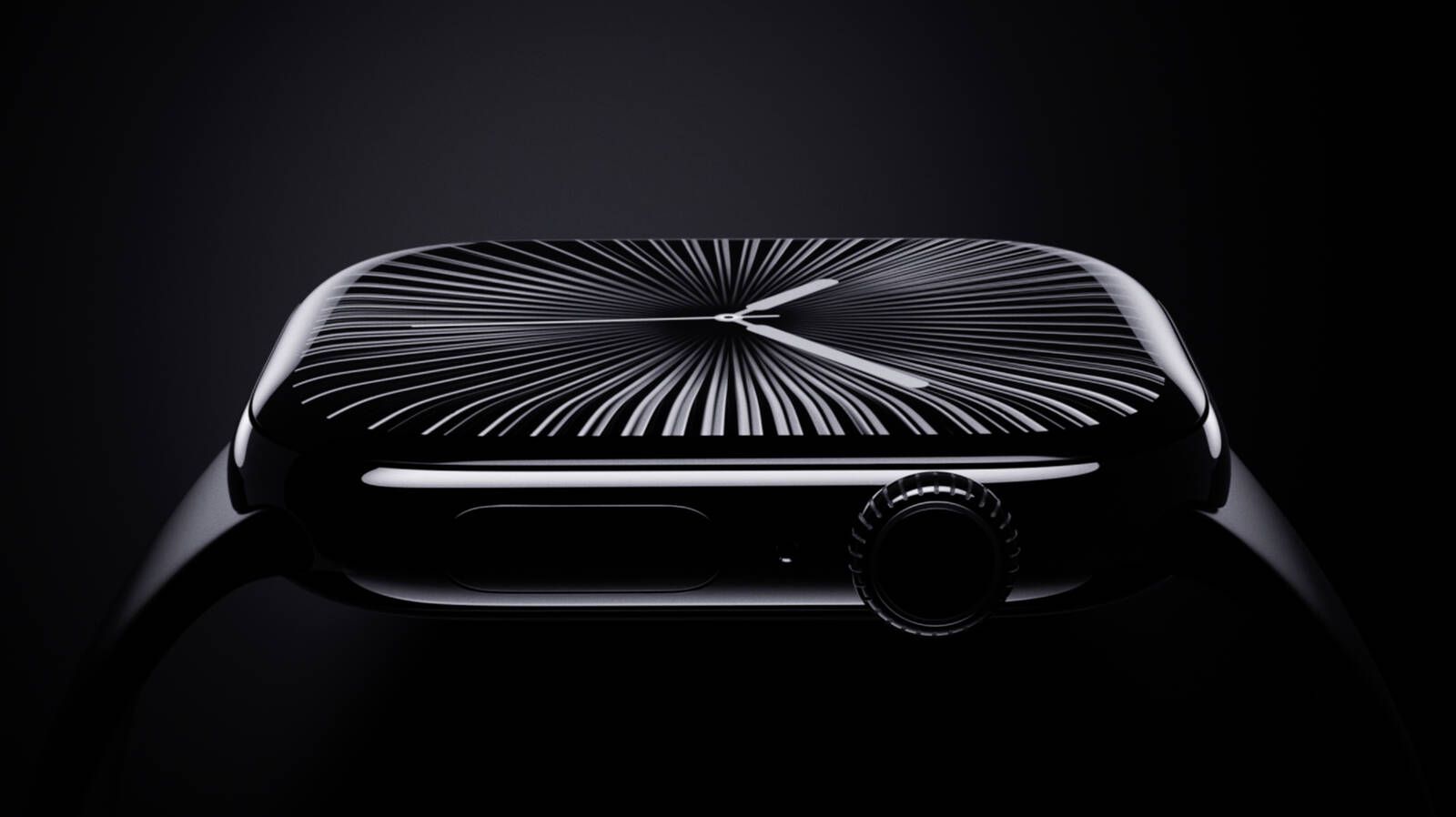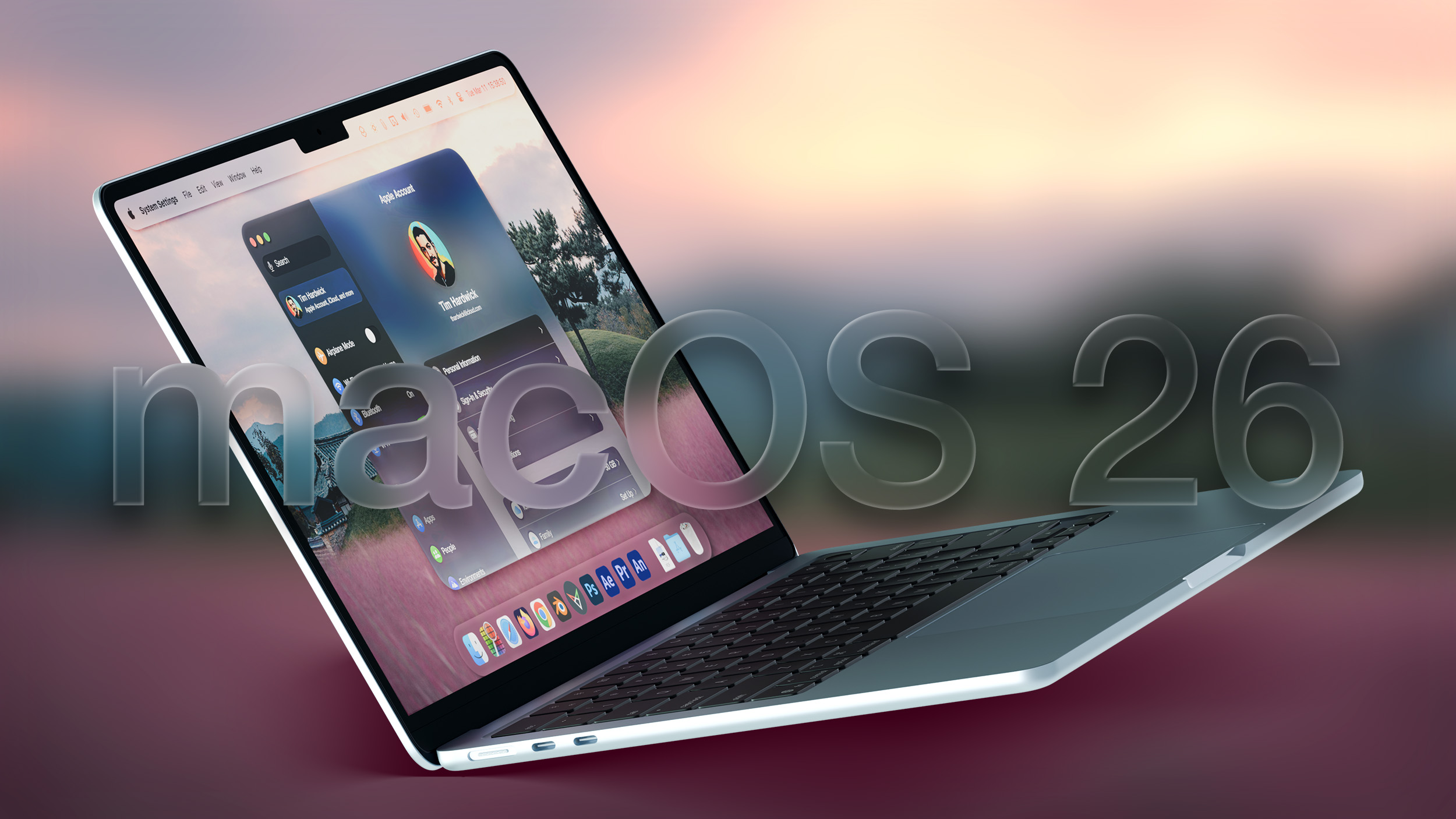The Evolution of the Cinema Camera: Capturing Motion Through the Ages
The past of the cinema camera is simply a fascinating travel done technological innovation and creator expression. From the earliest question representation devices to the precocious integer systems utilized today, each measurement successful the improvement of the cinema camera has expanded the horizons of filmmaking and storytelling.
The Early Days: Mechanical Wonders
The commencement of the cinema camera coincides with the beginnings of movie itself successful the precocious 19th century. The precise archetypal question representation cameras were fundamentally modified inactive cameras, designed to seizure aggregate frames successful speedy succession. The French Lumière brothers are credited with inventing the Cinématographe successful 1895, a instrumentality that was not lone a camera but besides a projector and printer. It was lightweight, hand-cranked, and portable, making it imaginable to sprout films extracurricular the confines of a studio.
The 1920s-1930s: Sound and Color
The instauration of dependable successful cinema with films similar "The Jazz Singer" successful 1927 necessitated important changes successful camera technology. Cameras needed to beryllium quieter to debar drowning retired the recorded soundtracks. This led to the improvement of soundproof camera housings known arsenic "blimps." Meanwhile, the exploration of colour movie exertion brought cameras susceptible of handling caller kinds of movie banal that were delicate to antithetic colors.
Post-War Innovations: Wider and Lighter
Post World War II, the movie manufacture saw important advancements successful camera technology. The instauration of lighter, much portable cameras facilitated the emergence of on-location shooting, which was a hallmark of Italian Neorealism and the French New Wave. The advent of widescreen formats successful the 1950s, specified arsenic CinemaScope, required modifications successful camera lenses and mechanisms to accommodate the caller facet ratios.
The Digital Revolution: From Analog to Digital
The precocious 20th period marked the opening of the integer gyration successful cinematography. Digital cameras began to regenerate accepted movie cameras by the precocious 1990s and aboriginal 2000s. These cameras, specified arsenic those developed by Sony and Panasonic, allowed for contiguous playback and editing, drastically reducing movie costs and expanding originative possibilities. The modulation reached a important milestone with movies similar "Star Wars: Episode II – Attack of the Clones" (2002), 1 of the archetypal large films to beryllium changeable wholly digitally.
Modern Cinema Cameras: High Definition and Beyond
Today, cinema cameras similar the Arri Alexa and RED Digital Cinema cameras predominate the market, offering filmmakers capabilities specified arsenic ultra-high explanation video, unthinkable low-light performance, and extended dynamic range. These tools person democratized filmmaking, allowing adjacent autarkic filmmakers entree to high-quality equipment. Additionally, caller technologies similar virtual world cameras are pushing the boundaries of however we acquisition and make films.
Legacy and Impact
The past of the cinema camera is not conscionable astir method advancements but besides astir the interaction these tools person had connected the creation of filmmaking. Each innovation has allowed filmmakers to archer stories successful caller and breathtaking ways, influencing the types of films that get made and however audiences acquisition them. As we look to the future, the improvement of the cinema camera continues to beryllium an integral portion of the cinematic narrative, promising adjacent greater possibilities for storytelling innovation.
In conclusion, the cinema camera's improvement from a bulky, mechanical instrumentality to a compact, integer powerhouse mirrors the improvement of cinema itself. It reflects a past of innovation driven by some technological advances and the creator aspirations of filmmakers astir the world.
 (2).png)
 1 year ago
21
1 year ago
21











 English (US) ·
English (US) ·